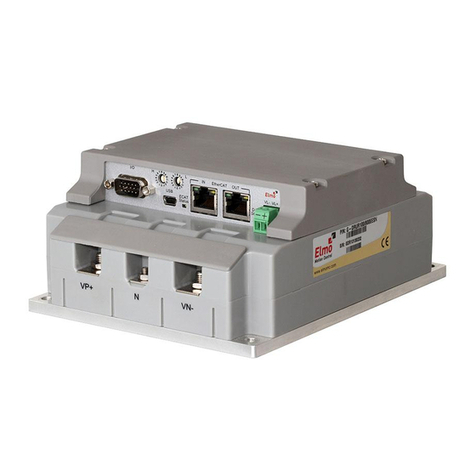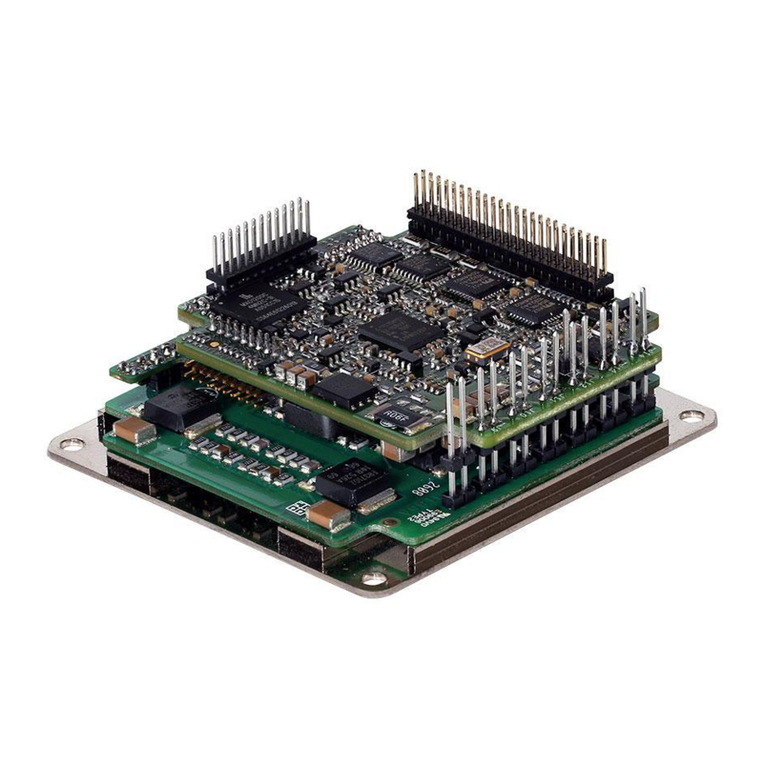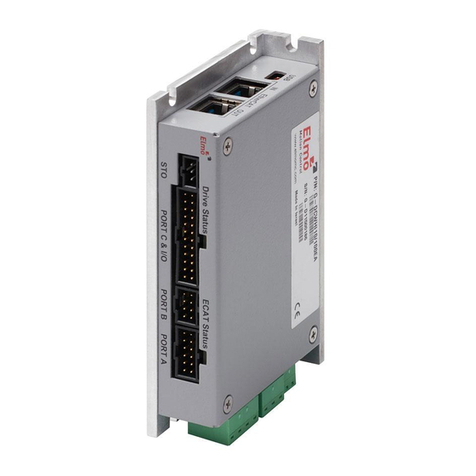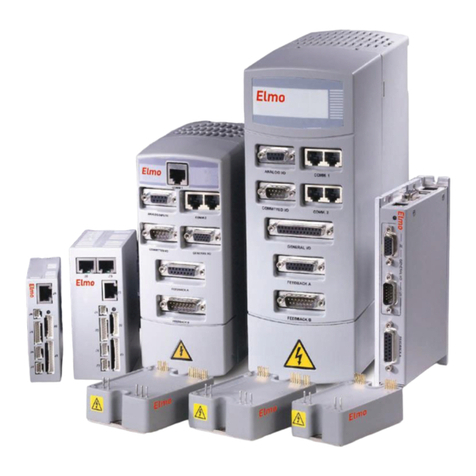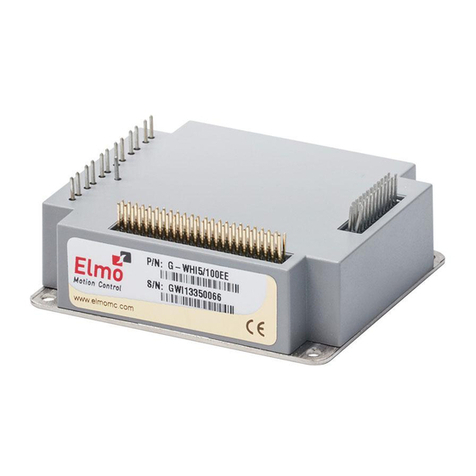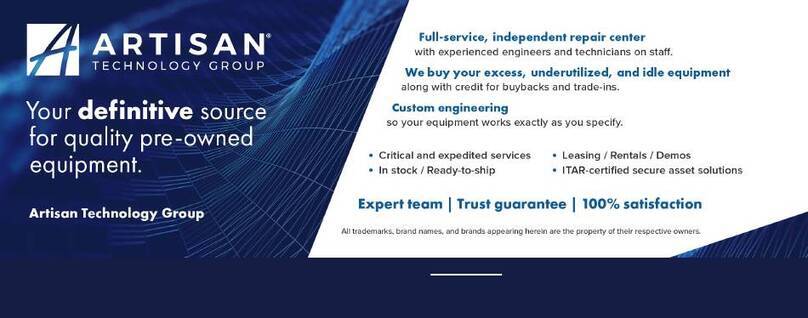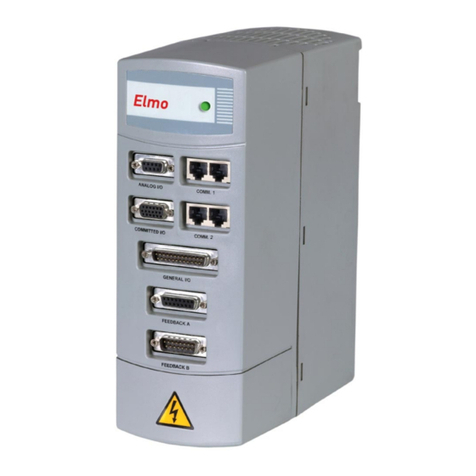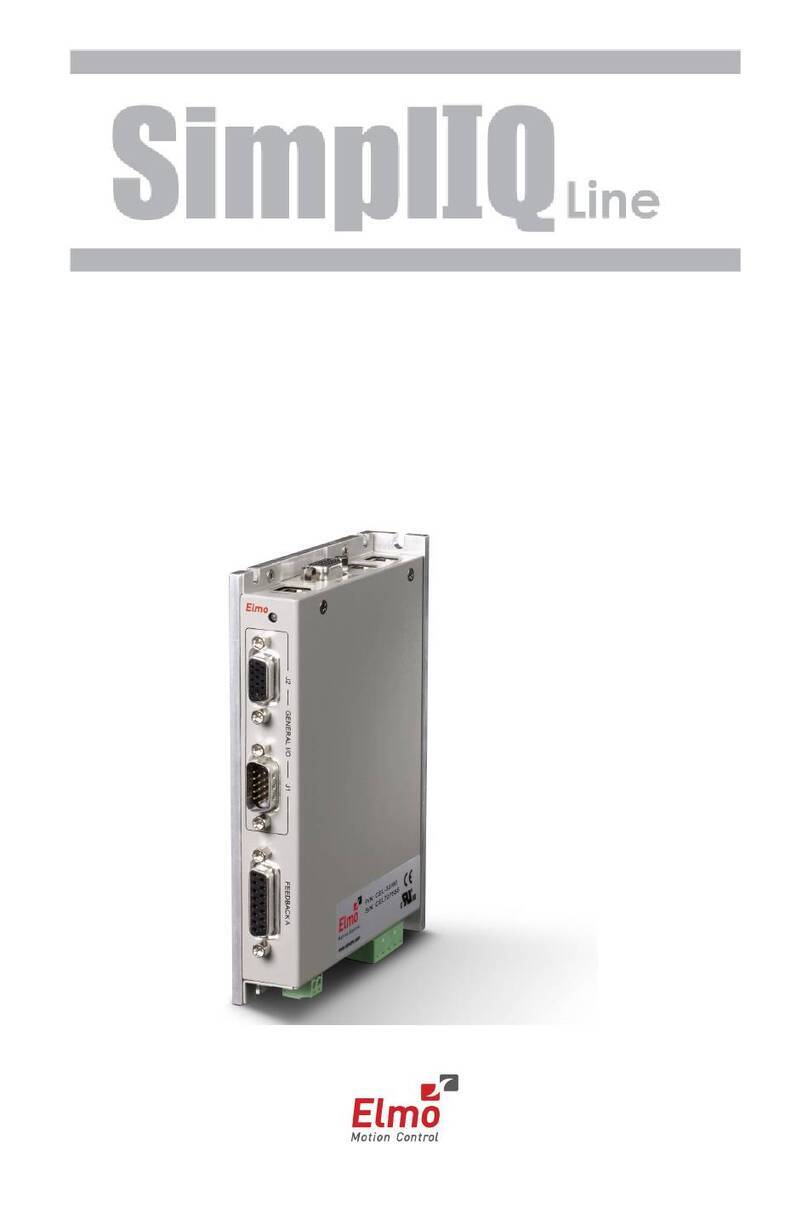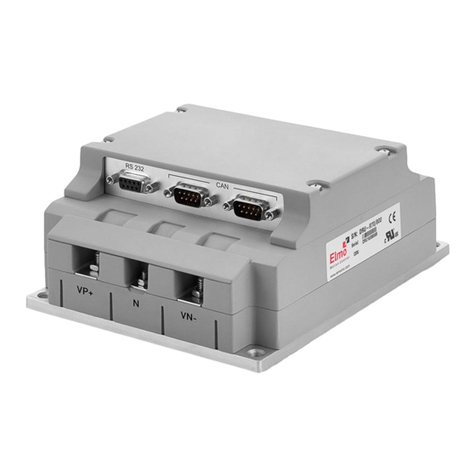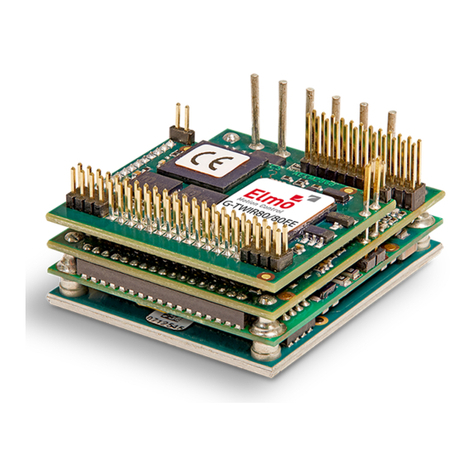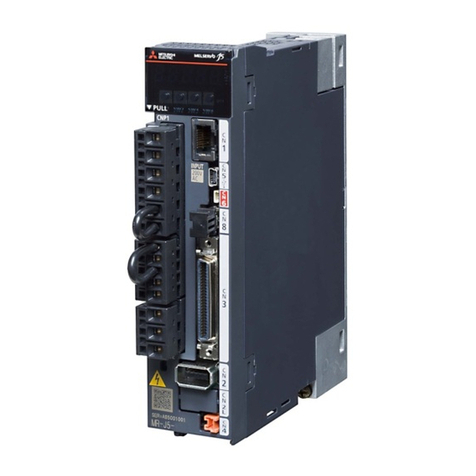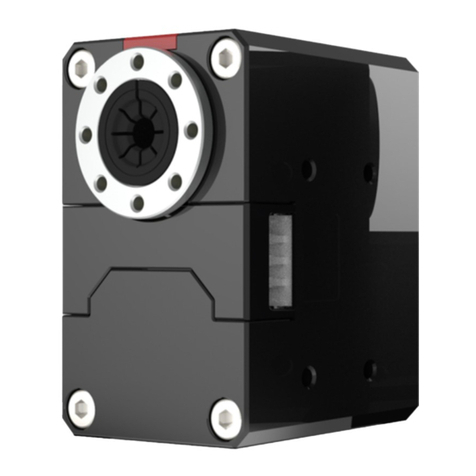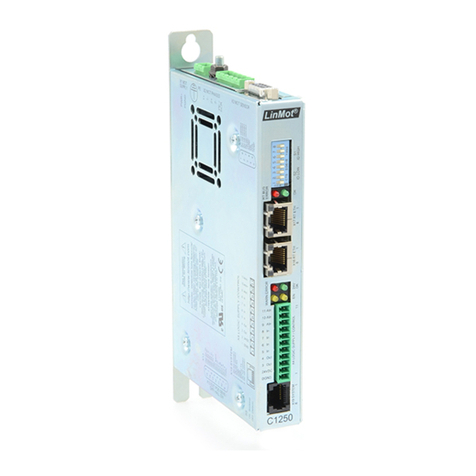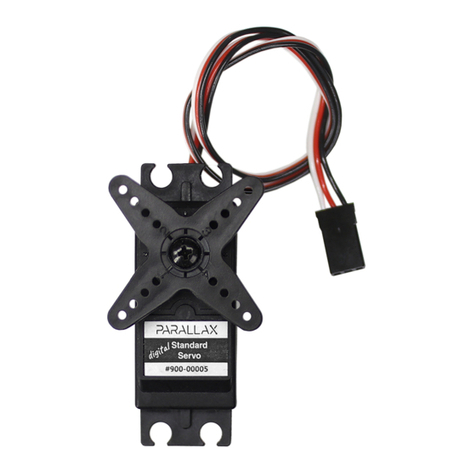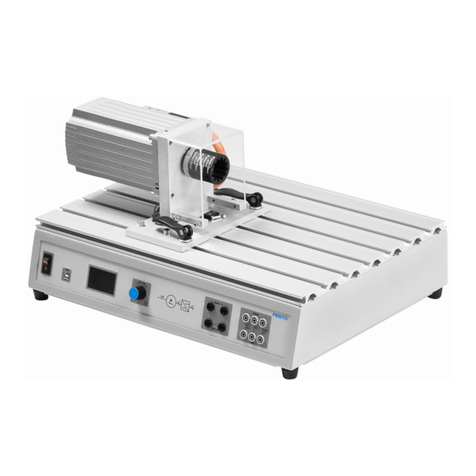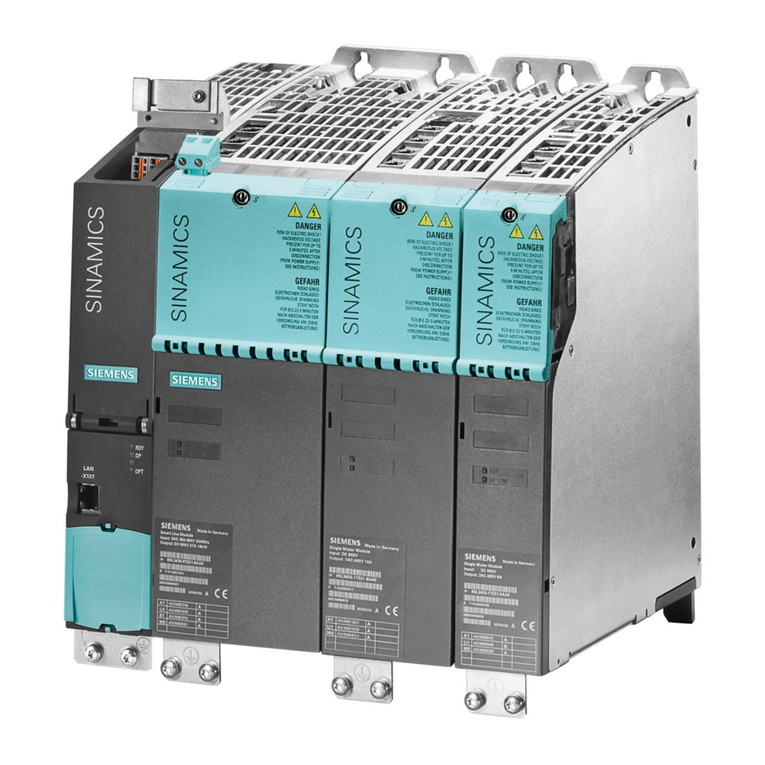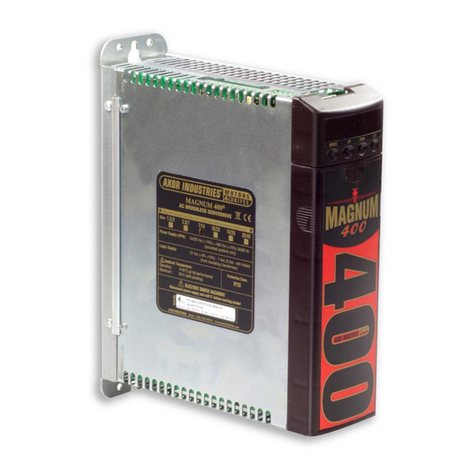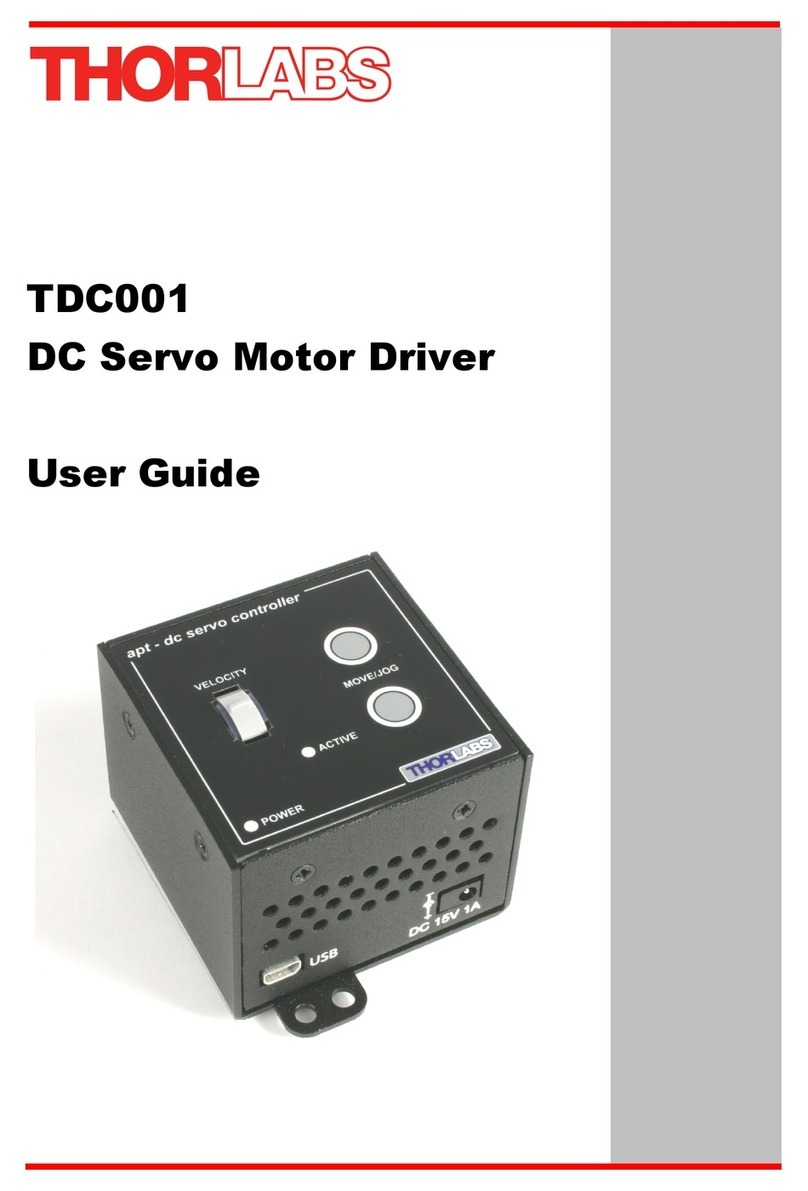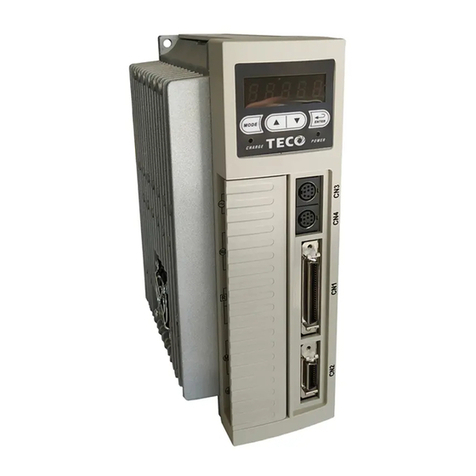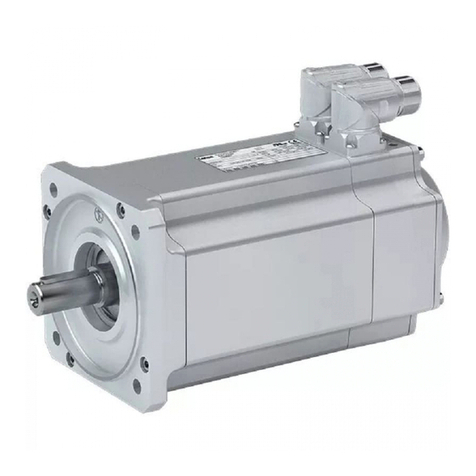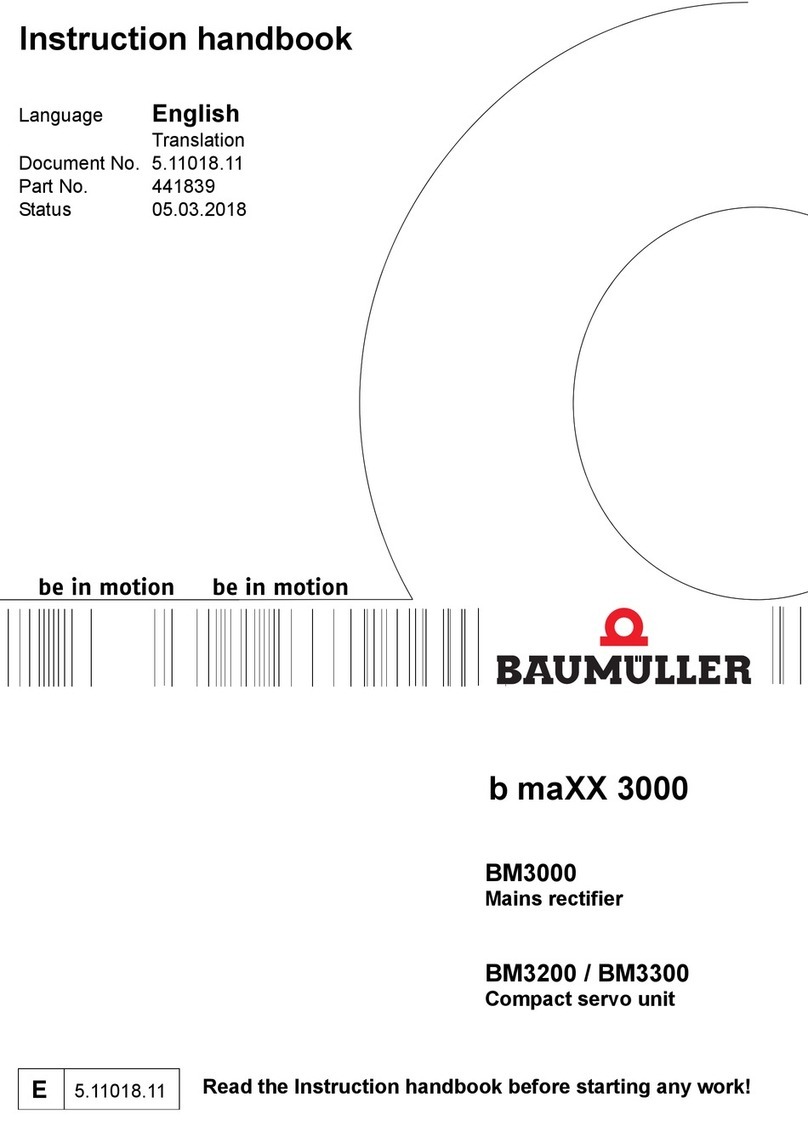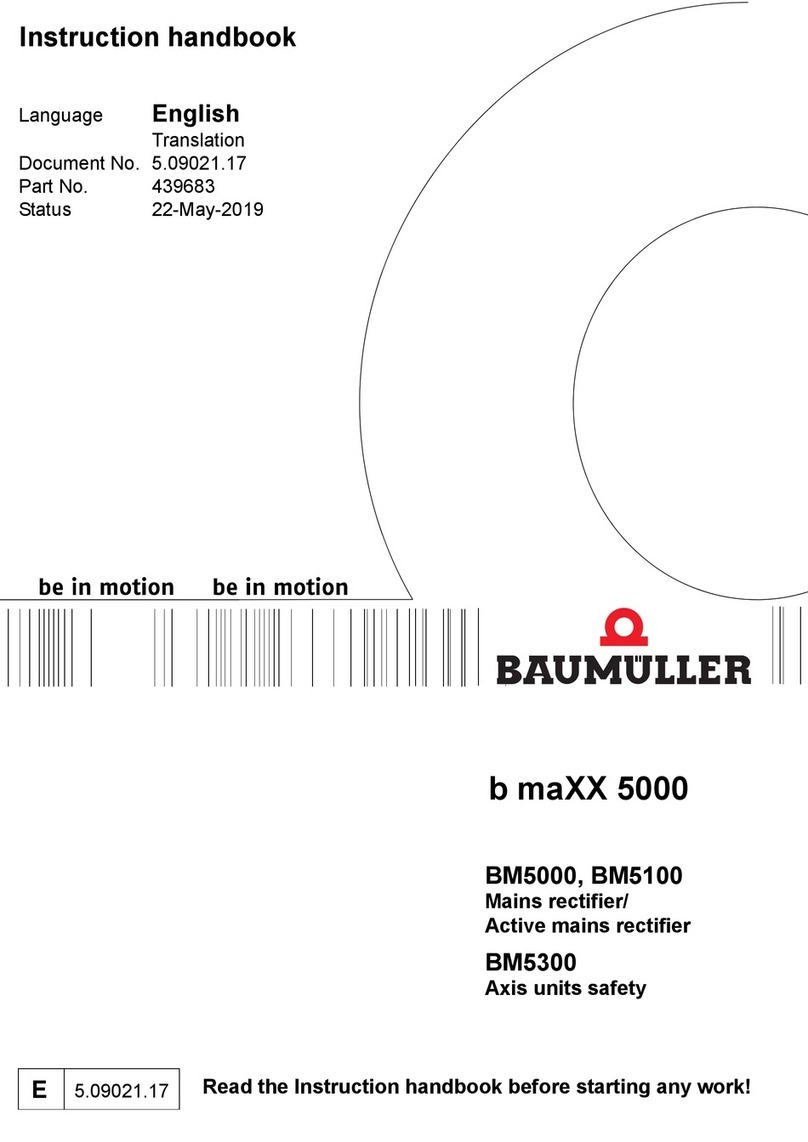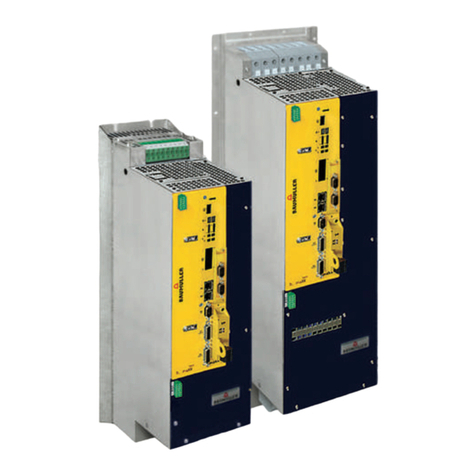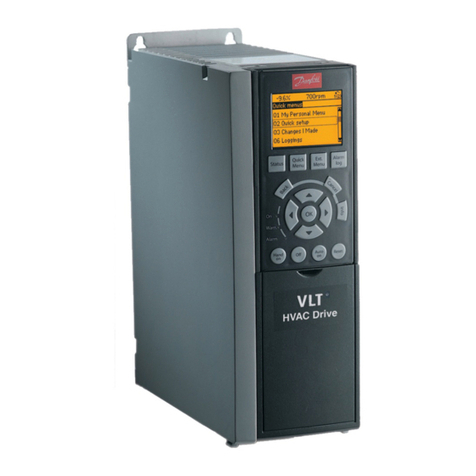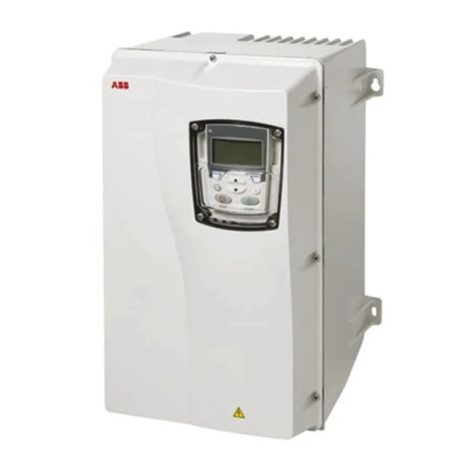
Solo Guitar Installation Guide Table of Contents
MAN-SOLGUIIG (Ver. 1.404) 6
3.8.3. Analog Input .................................................................................................. 46
3.9. Communications........................................................................................................... 47
3.9.1. RS-232 Communication ................................................................................. 47
3.9.2. CAN Communication .....................................................................................49
3.10. Powering Up .................................................................................................................51
3.11. Initializing the System................................................................................................... 51
3.12. Heat Dissipation............................................................................................................51
3.12.1. How to Use the Charts...................................................................................53
Chapter 4: Technical Specifications ................................................................................ 54
4.1. Features........................................................................................................................54
4.1.1. Motion Control Modes ..................................................................................54
4.1.2. Advanced Positioning Control Modes ...........................................................54
4.1.3. Advanced Filters and Gain Scheduling...........................................................54
4.1.4. Fully Programmable.......................................................................................54
4.1.5. Feedback Options ..........................................................................................55
4.1.6. Input/Output ................................................................................................. 55
4.1.7. Built-In Protection .........................................................................................56
4.1.8. Accessories ....................................................................................................56
4.1.9. Status Indication ............................................................................................56
4.1.10. Automatic Procedures ................................................................................... 56
4.2. Solo Guitar Dimensions ................................................................................................ 57
4.3. Power Ratings...............................................................................................................58
4.3.1. Auxiliary Supply .............................................................................................58
4.4. Environmental Conditions............................................................................................59
4.5. Control Specifications...................................................................................................59
4.5.1. Current Loop..................................................................................................59
4.5.2. Velocity Loop ................................................................................................. 60
4.5.3. Position Loop .................................................................................................61
4.6. Feedbacks .....................................................................................................................61
4.6.1. Feedback Supply Voltage............................................................................... 61
4.6.2. Main Feedback Options.................................................................................62
4.6.2.1. Incremental Encoder Input........................................................... 62
4.6.2.2. Digital Halls ...................................................................................63
4.6.2.3. Interpolated Analog (Sine/Cosine) Encoder .................................63
4.6.2.4. Resolver ........................................................................................64
4.6.2.5. Tachometer...................................................................................64
4.6.2.6. Potentiometer ..............................................................................65
4.6.3. Main Encoder Buffered Output ..................................................................... 65
4.6.4. Auxiliary Feedback Port (output mode YA[4]= 4)..........................................66
4.6.5. Auxiliary Feedback Port (input mode YA[4]= 2, 0).........................................67
4.7. I/Os ...............................................................................................................................68
4.7.1. Digital Input Interfaces .................................................................................. 68
4.7.2. Powerful Digital Output Interface .................................................................69
4.7.3. Opto Digital Output Interface........................................................................70
